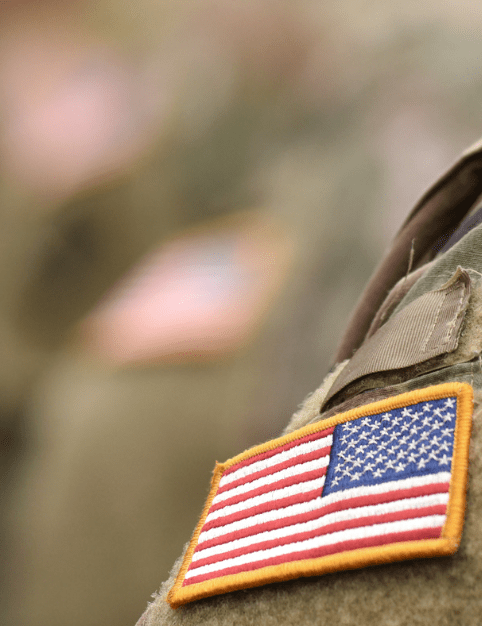Table Of Contents
During the Vietnam War, a fleet of C-123 airplanes dropped more than 10 million gallons of Agent Orange during Operation Ranch Hand. The C-123’s were transferred to U.S. Air Force Reserve units without any decontamination. Air Force service members who served on those planes are applying for compensation for illnesses that could come from exposure to residual Agent Orange on the C-123’s. From 1972 to 1982, around 1,500 men and women served aboard the C-123’s. The VA argues that any residual Agent Orange would have solidified over the course of time. Because of the conversion to a solid, the residual Agent Orange would allegedly be unable to enter the service members bodies.
Other experts reject this theory. In fact, some experts have described the VA’s theory as preposterous. Fred Berman, director of the Oregon Health and Science University’s CROET Toxicology Information Center, said that the VA’s theory about solidification “disregards everything we know about chemistry, about toxicology”, as reported in the Huffington Post on July 10, 2013. Jeanne Stellman, an Agent Orange expert from Columbia University’s Mailman School of Public Health, described the process in which dry dioxin from Agent Orange is spread. It can escape back into the air and cling to dust. If a service member worked on the planes, then the residual Agent Orange could cause the listed disabilities that are presumably related to Agent Orange exposure.
Despite the experts’ opinions, then VA still has not conceded that Air Force Service members who worked on the C-123’s were exposed to Agent Orange. These cases are complex because of a number of factors that could be considered – how much time the person spends on the airplane? Where on the airplane did the person work? What was his or her job was on the airplane, etc. . . .? This same kind of complexity was confronted when service members who served in Vietnam had different levels of exposure based on time and location. For the sake relieving the VA of an undue burden to help the veteran, the VA created a rule stating that if a veteran set foot on Vietnamese soil, then the veteran was presumably exposed to Agent Orange. The VA should treat circumstances described above in the same way. It would help manage these very complex cases while giving the veterans the benefit of doubt.
Legal Assistance with Disability Compensation for Agent Orange Exposure
Veterans Help Group has years of experience helping vets get VA disability benefits due to Agent Orange exposure. If you have questions, call our advocates for veterans at (855) 855-8992 or complete our free online veterans disability case evaluation form.

Congress Aims To Streamline Community Care For Veterans
Congress Aims To Streamline Community Care For Veterans Obtaining approval to see a doctor outside...

Major Victory: VA Invests Over $800 Million to Fight Veteran Homelessness
Major Victory: VA Invests Over $800 Million to Fight Veteran Homelessness The Department of...

What is the VA DBQ?
What is a VA DBQ? A VA Disability Benefits Questionnaire (DBQ) is a form used to convey medical...





